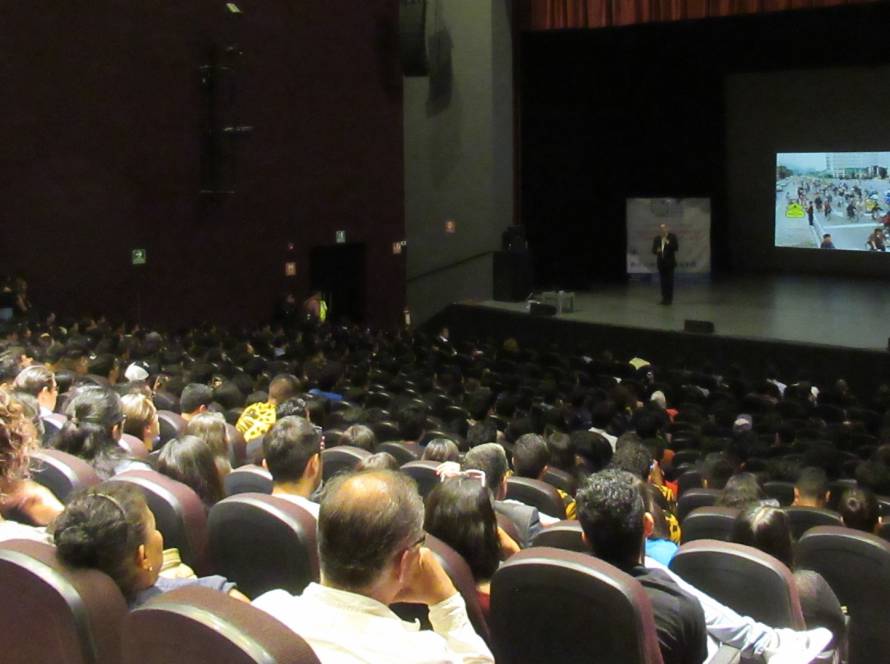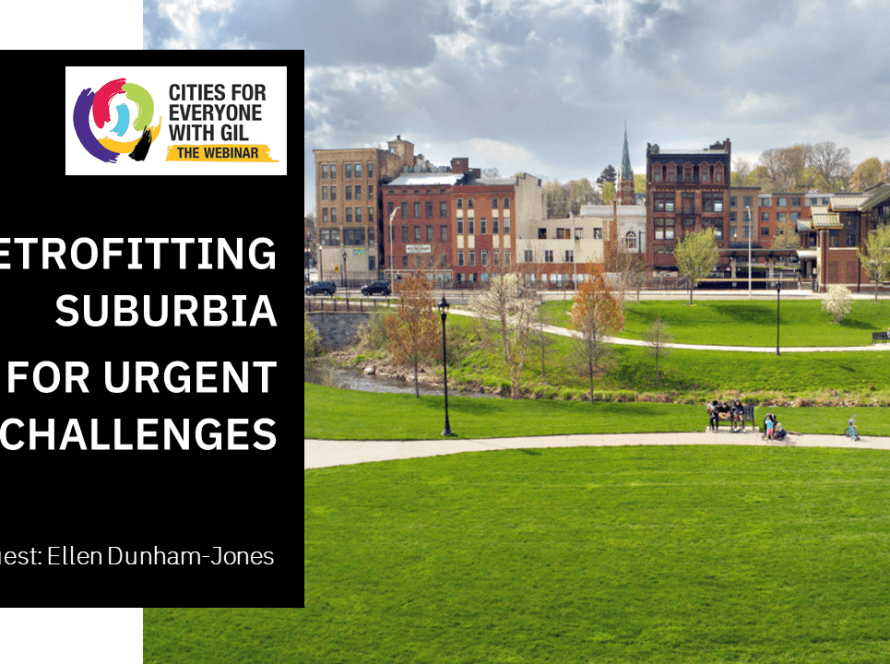Key Takeaways
- Parks are necessary for physical, mental, social and civic well-being.
- Placemaking can be paired with climate adaptation. Sunset Dunes combines pedestrianization with dune restoration to manage coastal erosion and climate impacts.
Summary
- San Francisco used the COVID-19 pandemic as a trigger to convert major car corridors into large people-centered public spaces:
- The JFK Promenade and Sunset Dunes both began as emergency closures (2020) and through pilots, intense public debate, lawsuits and ballot measures became long-term car-free parklands.
- The city paired fast temporary placemaking ( chairs, planters, ping-pong, public art) with concrete accessibility improvements (connection to transit, adaptive bikeshare, universal paving) and environmental work (dune restoration).
- Programming and partners (arts, volunteer plantings, non-profits) were crucial to convert temporary closures into thriving public places.
- San Francisco used the COVID-19 pandemic as a trigger to convert major car corridors into large people-centered public spaces:
How can Cities apply these learnings?
- Use quick pilots to test road conversions, measure impacts, and use data to rebut opposition.
- Pair physical changes (benches, accessible paving, bike racks, low-cost art) with concerts, markets, sports (ping-pong, skate areas) and transit.
- Build broad coalitions (civic groups, business, cultural institutions, user groups), run transparent public engagement, and use early wins and pilot successes as evidence.
Ideas for further research
- Measure how dune restoration / green infrastructure paired with placemaking reduces erosion/flood risk and yields ecological services.
- Compare social and economic returns (visitation, local business, and wellbeing metrics) of investment in programming and temporary placemaking versus capital investment in permanent infrastructure.



